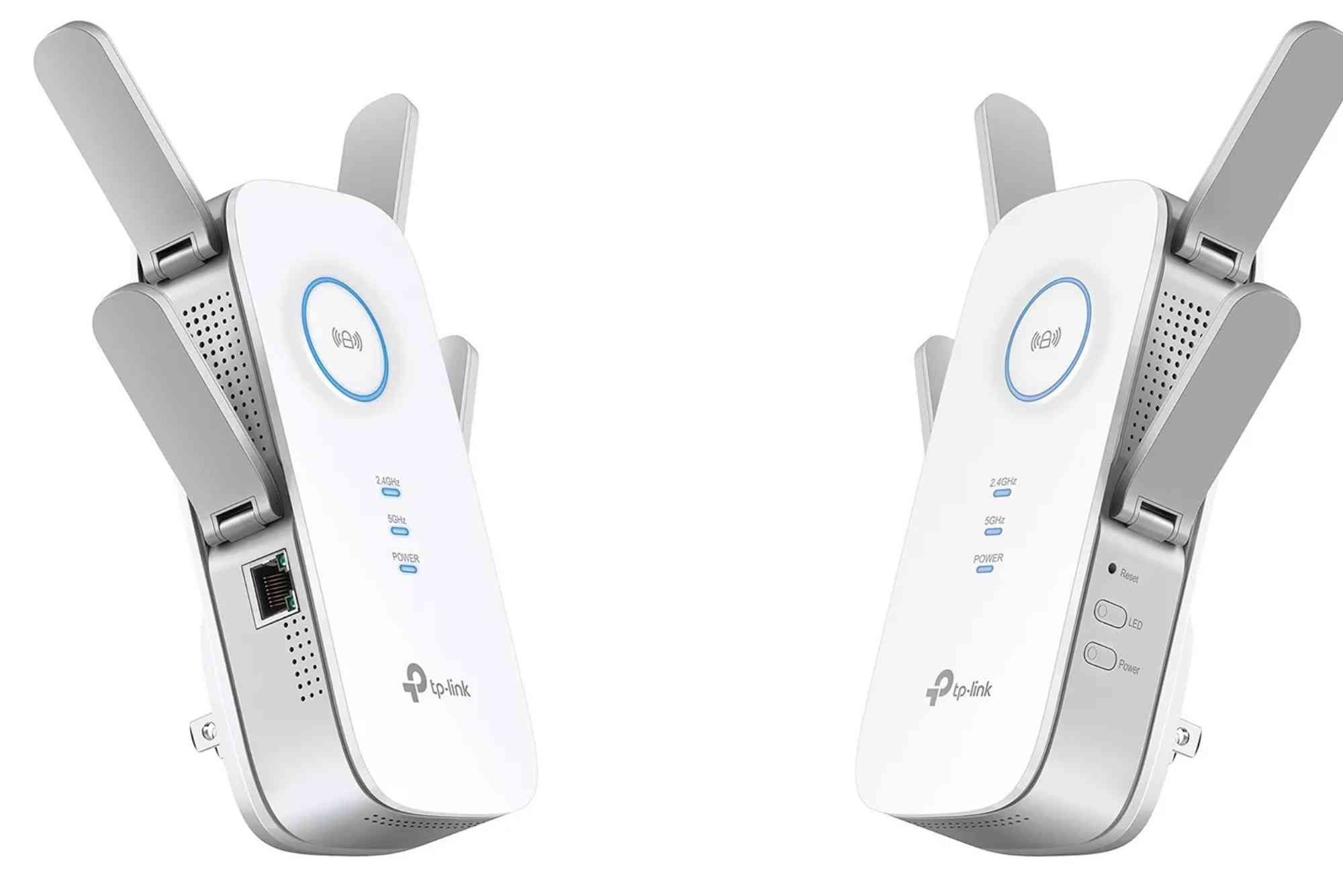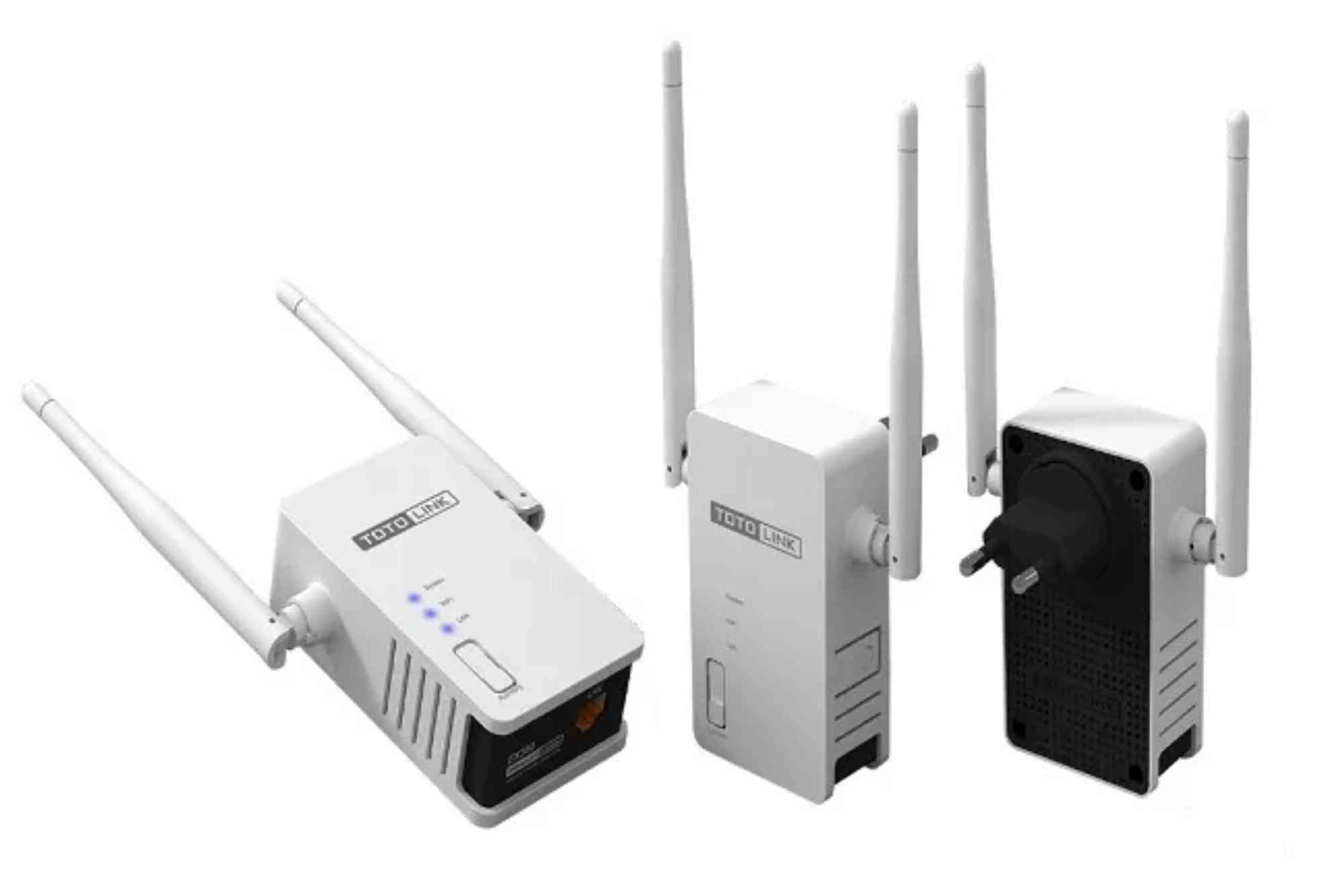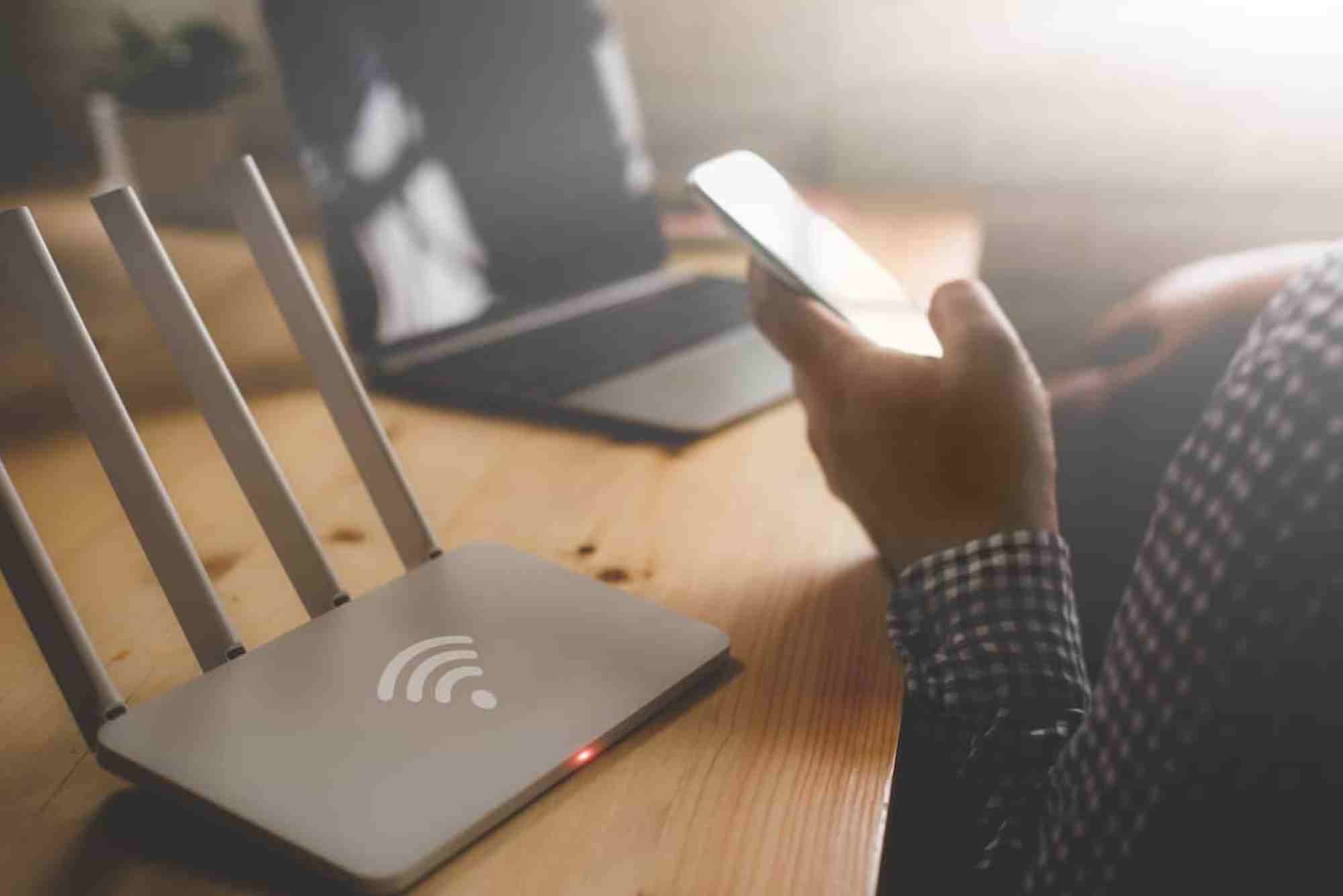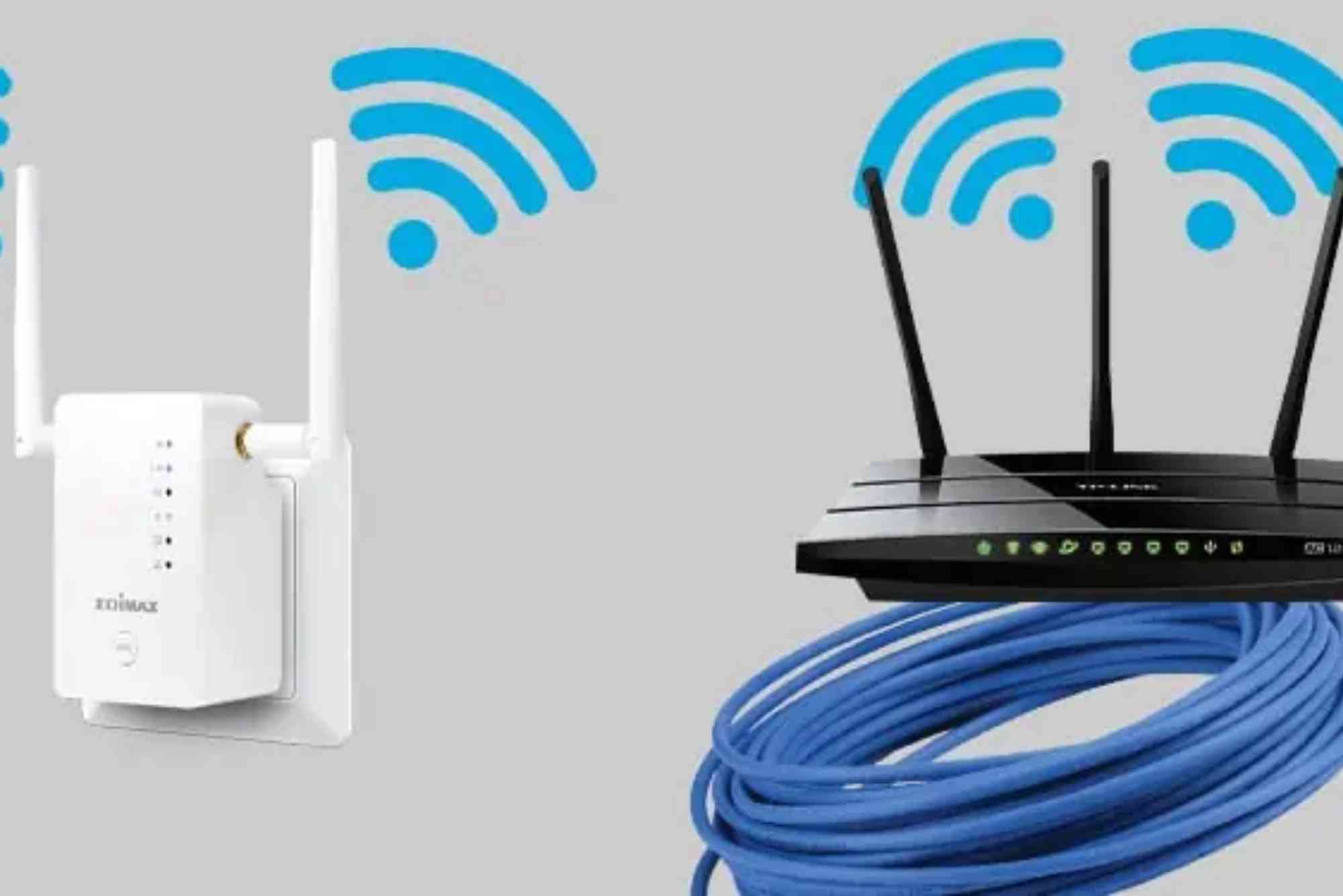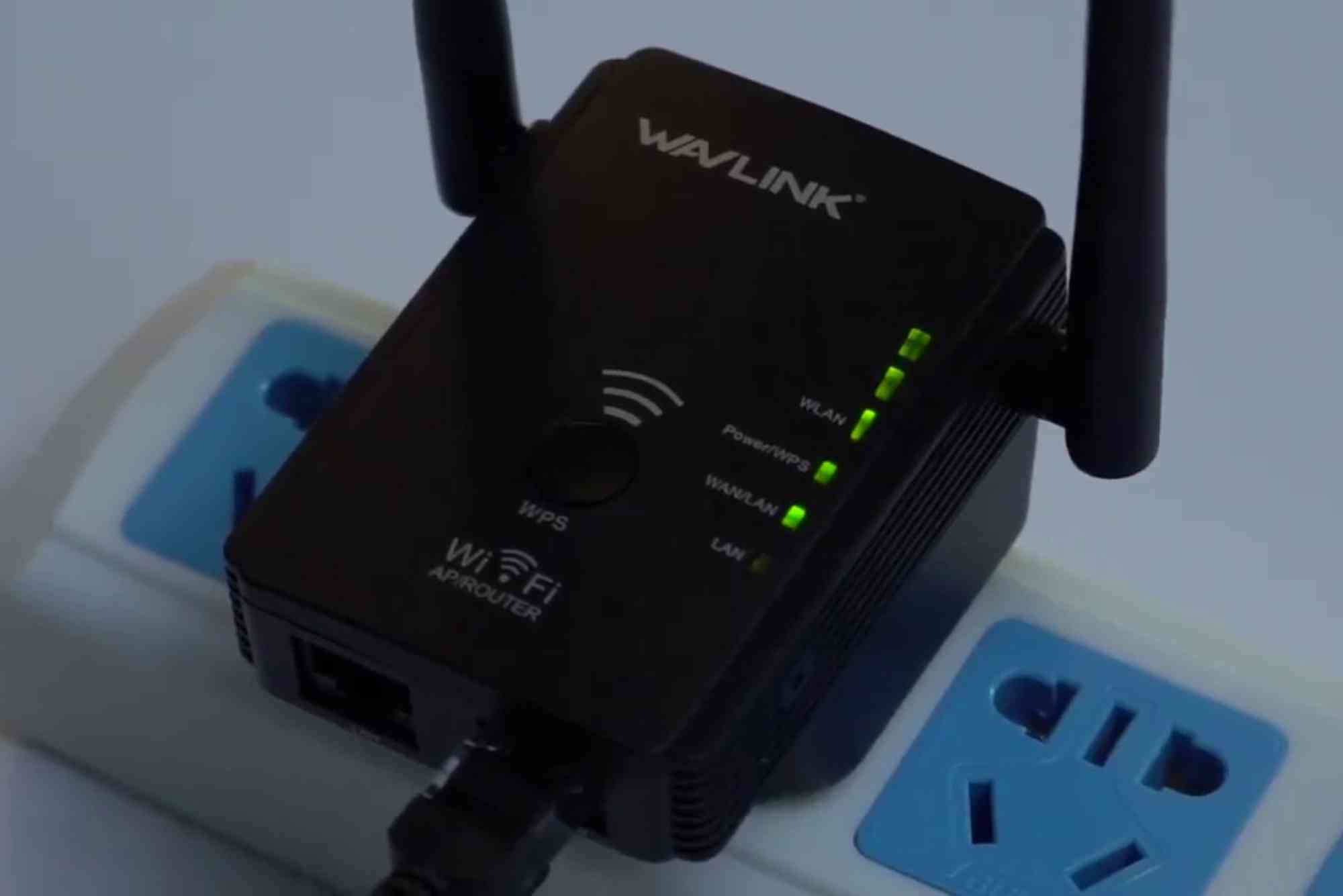Introduction
The internet is evolving rapidly, and IPv6 has become a critical part of its future. Most people still rely on IPv4, but it has limitations, including a shortage of available addresses. IPv6 solves this by providing a vastly larger address space, improved security features, and better efficiency for modern devices. If you want your home or office network to stay future-proof, understanding IPv6 setup is essential. This router IPv6 setup guide will walk you through everything you need to know — from basics to step-by-step configuration — so you can enable IPv6 with confidence.
Why IPv6 Matters for Modern Networks
IPv6 is more than just a replacement for IPv4. It was designed to handle the growing number of internet-connected devices. Today, households may have dozens of gadgets — smartphones, laptops, smart TVs, gaming consoles, and IoT devices. IPv6 ensures these devices get unique, secure addresses without the hassle of complex configurations like NAT (Network Address Translation).
With IPv6, your network benefits from:
-
A virtually unlimited pool of IP addresses.
-
Built-in security protocols like IPsec.
-
More efficient data routing.
-
Reduced latency for online gaming, video calls, and cloud services.
In short, IPv6 isn’t optional anymore. It’s a necessity for networks that want to keep pace with technology.
Understanding the Basics Before Setup
What Is IPv6?
IPv6 stands for Internet Protocol version 6. It uses 128-bit addresses, written in hexadecimal, separated by colons. An example IPv6 address looks like this:
2001:0db8:85a3:0000:0000:8a2e:0370:7334
This may look complex compared to IPv4’s dotted format (e.g., 192.168.1.1), but it’s highly efficient and scalable.
IPv4 vs. IPv6
-
IPv4: 32-bit, around 4.3 billion addresses.
-
IPv6: 128-bit, trillions of possible addresses.
-
IPv4 uses NAT, while IPv6 eliminates that need.
-
IPv6 provides better security, making it future-ready.
Router IPv6 Setup Guide: Step by Step
Setting up IPv6 is easier than it sounds, but the process depends on your router model and internet service provider (ISP). Here’s a general guide that applies to most routers.
Confirm IPv6 Support
Not all ISPs offer IPv6 yet, so the first step is checking availability. Log into your ISP account or contact their support team to confirm if IPv6 is enabled for your connection. Services like Dhanote Internet Services already provide IPv6-ready connections for seamless use.
Access Your Router Admin Panel
-
Open a web browser.
-
Enter your router’s IP address (often
192.168.1.1or192.168.0.1). -
Log in using the default or custom admin credentials.
Navigate to IPv6 Settings
Once inside the dashboard, look for Network Settings or Advanced Settings. There should be a section dedicated to IPv6.
Select IPv6 Connection Type
Your ISP determines the right IPv6 connection type. The common ones include:
-
Native: Direct IPv6 connection from your ISP.
-
6to4 Tunnel: Encapsulates IPv6 traffic in IPv4 for older ISPs.
-
DHCPv6: Automatically assigns IPv6 addresses via DHCP.
-
PPPoE with IPv6: Used in some DSL networks.
If unsure, select Automatic or consult your ISP.
Enable IPv6 Firewall
Security is vital when enabling IPv6. Most routers let you enable an IPv6 firewall to block unauthorized access. Make sure this option is turned on before saving your changes.
Save and Restart Router
After applying IPv6 settings, reboot your router. Connected devices should automatically receive IPv6 addresses.
Verify IPv6 Configuration
Visit websites like test-ipv6.com to confirm your setup. If successful, your devices will display both IPv4 and IPv6 addresses.
Common Issues During IPv6 Setup
While the process is simple, some users face issues when enabling IPv6.
Devices Not Getting IPv6 Addresses
If some devices still show only IPv4, check your router’s DHCPv6 settings and ensure automatic address assignment is enabled.
ISP Not Supporting IPv6
If your ISP doesn’t provide IPv6, you may need to use tunneling methods like 6rd or 6to4. These are temporary solutions until native IPv6 is available.
Slow or Unstable Internet
Sometimes enabling IPv6 may initially slow your connection due to misconfigured DNS. Manually setting Google’s IPv6 DNS (2001:4860:4860::8888) can help.
Benefits of Setting Up IPv6 on Your Router
Enabling IPv6 isn’t just about future-proofing. It brings immediate advantages:
-
Better security with built-in encryption.
-
Faster connectivity for services that support IPv6.
-
No NAT hassles, making remote connections smoother.
-
Scalability as your home or business adds more devices.
For businesses especially, IPv6 can mean better performance for cloud applications and remote employees.
Advanced IPv6 Features You Should Know
IPv6 Privacy Extensions
By default, IPv6 addresses can be tied to a device’s hardware. Privacy extensions randomize addresses, adding an extra layer of protection.
Dual-Stack Mode
Most modern networks run dual-stack, meaning they support both IPv4 and IPv6 simultaneously. This ensures compatibility with older systems while enjoying IPv6 benefits.
DNS over IPv6
Configuring IPv6 DNS servers improves browsing reliability. Popular options include Google DNS and Cloudflare’s IPv6 servers.
Router IPv6 Setup Guide: Security Best Practices
IPv6 is secure, but only if configured properly. Keep these tips in mind:
-
Always enable the IPv6 firewall.
-
Keep router firmware updated.
-
Use strong admin passwords.
-
Regularly check connected devices for suspicious activity.
FAQs
What is the purpose of IPv6 on a router?
IPv6 gives your router a larger pool of addresses, eliminates NAT, and improves speed, security, and efficiency for connected devices.
Should I enable IPv6 on my home router?
Yes. Enabling IPv6 ensures your network is future-proof, secure, and ready for the latest applications and services.
Can I use IPv6 if my ISP doesn’t support it?
Yes, but only through tunneling methods like 6to4. For the best experience, it’s better to choose an ISP that provides native IPv6.
Does IPv6 make the internet faster?
Not always. However, IPv6 can reduce latency in applications that support it, offering smoother performance than IPv4 in some cases.
How do I know if IPv6 is working?
You can test IPv6 by visiting websites like test-ipv6.com. If successful, your devices will display an IPv6 address.
IPv6 is not just the future of the internet — it’s already here. Configuring it on your router ensures faster, more secure, and more reliable connections. With this router IPv6 setup guide, you can enable IPv6 confidently, troubleshoot common issues, and keep your network optimized.

